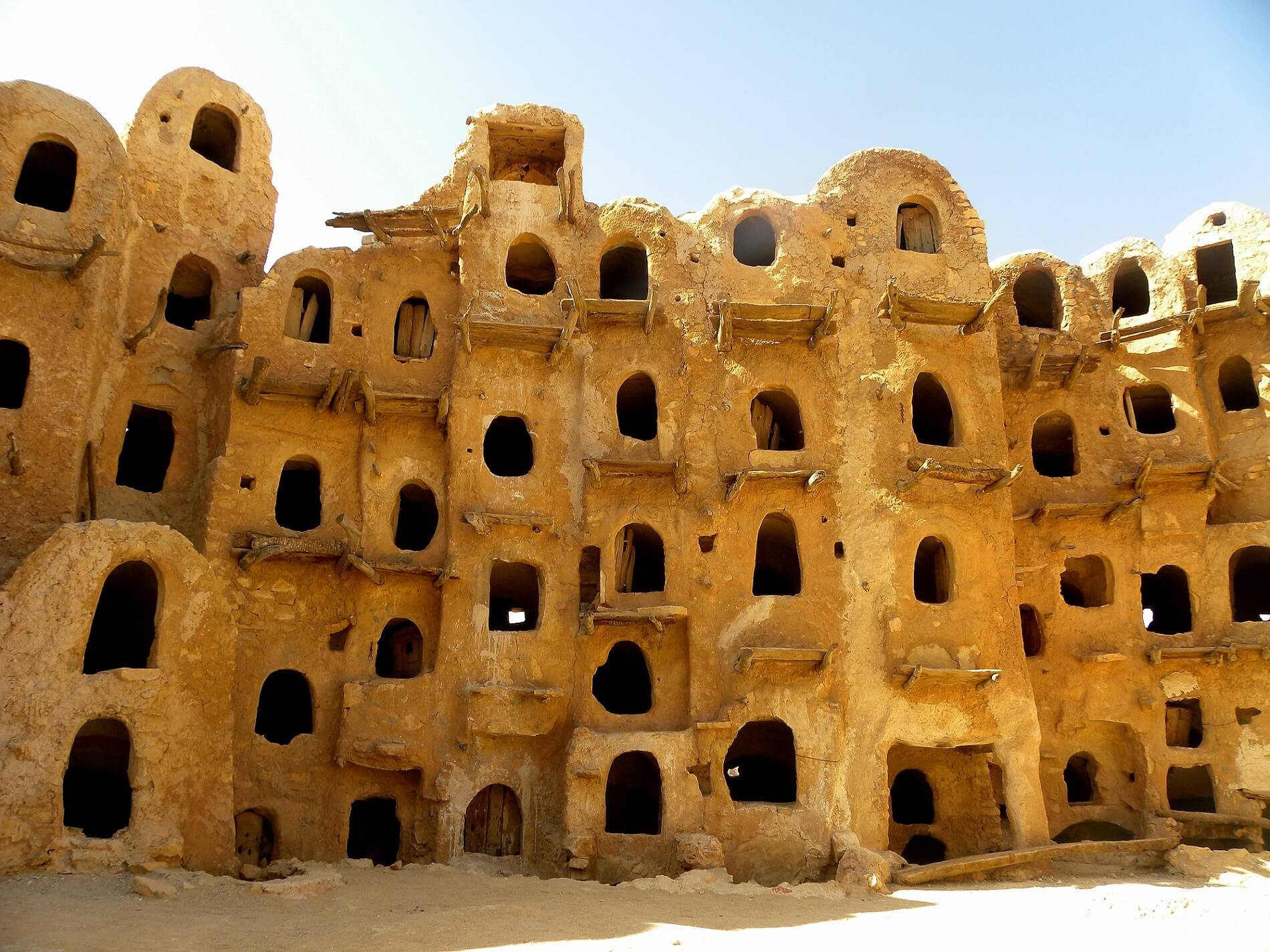On 21 June, Middle East Eye published a report on the clashes that took place in Libya’s Oil Crescent region. On 14 June, tensions developed in Libya’s Oil Crescent region when Ibrahim Jadhran, the former chief of the Petroleum Facility Guard (PFG), with support from some of the Benghazi Defence Brigade (BDB) and other tribal allies, attacked the Ras Lanuf and Es-Sider oil terminals. Jadhran’s forces took control of the terminals, forcing the Libyan National Army (LNA) to withdraw. The subsequent clashes resulted in two of Ras Lanuf’s oil storage tankers being destroyed. According to Riccardo Fabiani, geopolitical analyst at Energy Aspects, Libya's oil output may be reduced by up to 40 percent as a result of the fighting, Middle East Eye reports. Given the strategic nature of the oil infrastructure, the LNA quickly retaliated against Jadhran, and announced on 21 June that the LNA had regained control of the infrastructure. Tensions in the area are likely to escalate in the near future as the two forces clash. It appears unlikely that Jadhran and his allies will be able to hold on to some positions in the Oil Crescent. In the past, attempts by other armed forces to overtake these strategic positions were quickly defeated by the LNA.

